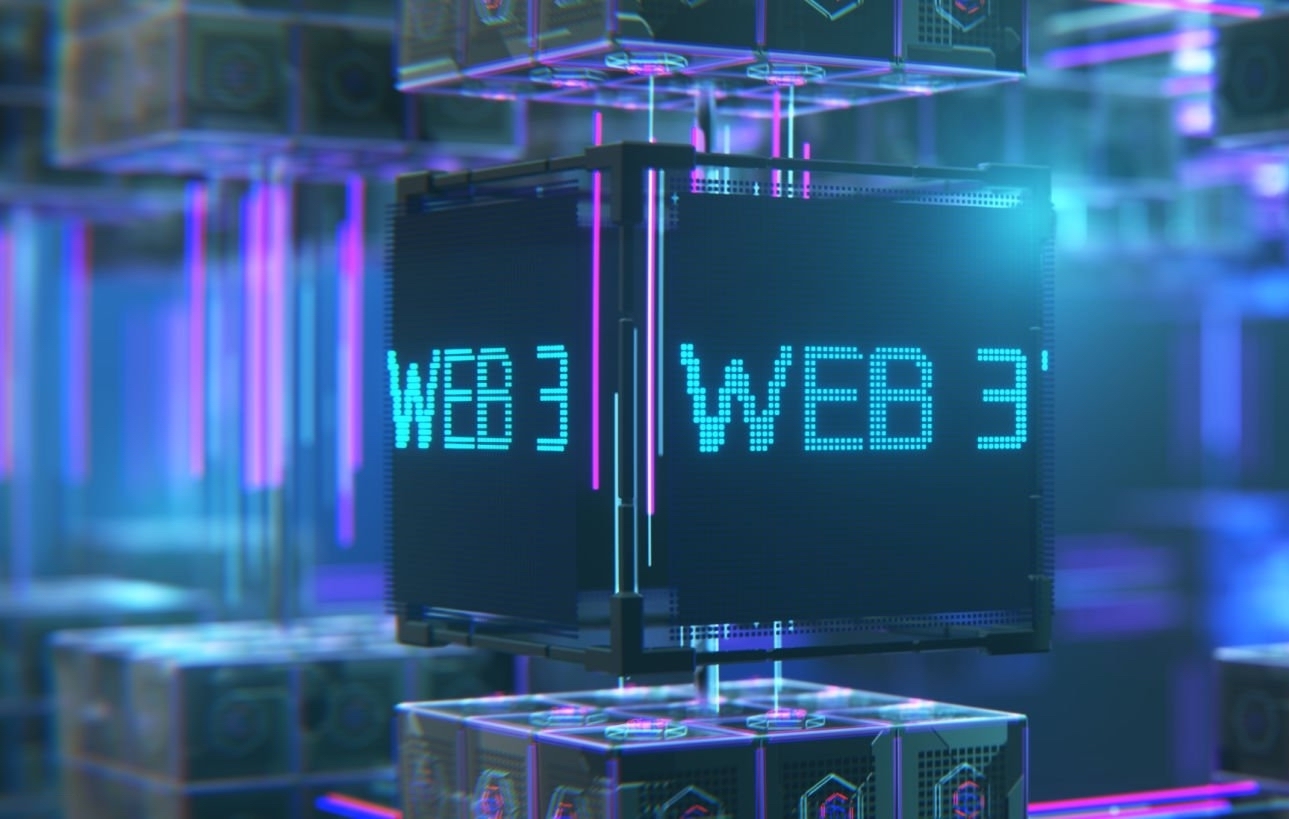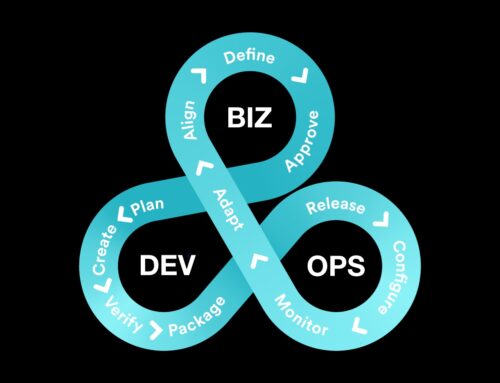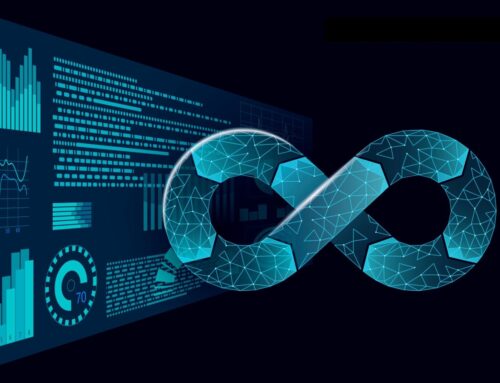The world of software development is ever-changing, and one of the most exciting shifts we’re seeing is the move from Web 2.0 to Web 3.0. This new era is all about decentralization, giving users more control over their data and privacy. But what does this mean for DevOps, the practice that bridges the gap between software development and IT operations? Let’s explore how DevOps is evolving in the Web 3.0 landscape and what tools and practices are essential for building, deploying, and scaling decentralized applications (dApps).
DevOps in Web 2.0 vs. Web 3.0: What’s the Difference?
Data Management and Interoperability: From Centralized to Decentralized
In the Web 2.0 era, DevOps primarily focused on centralized databases and Application Programming Interfaces (APIs) to ensure seamless interaction between different software applications. The goal was to create a unified ecosystem where data could be easily transferred and manipulated. DevOps teams would use relational databases like MySQL or NoSQL databases like MongoDB to store and manage data. APIs acted as the glue that connected different services and applications, allowing them to communicate with each other.
Web 3.0 takes data management to a whole new level by introducing decentralized storage solutions and blockchain data. Unlike traditional databases that are controlled by a single entity, decentralized storage solutions distribute data across multiple nodes, enhancing security and user control. Blockchain technology allows for immutable data storage, ensuring data integrity and enabling various blockchain networks to work together. This interoperability is crucial for creating a more open and connected Web 3.0 ecosystem.
Testing and Quality Assurance: Beyond Traditional Frameworks
In the Web 2.0 world, DevOps practices included a variety of testing methods to ensure software quality. These ranged from functional testing to check if the application performs as expected, performance testing to ensure it can handle the intended load, and security testing to identify vulnerabilities. These tests were often automated and integrated into the CI/CD pipeline for continuous quality assurance.
Web 3.0 introduces a new layer of complexity with the advent of smart contracts—self-executing contracts with the terms directly written into code. These smart contracts are the backbone of many decentralized applications and require specialized testing frameworks. DevOps teams now need to verify not just the functionality but also the logic and fairness of these blockchain-based processes. This involves testing the smart contracts under various conditions to ensure they execute as intended, without loopholes or vulnerabilities.
The Common Ground: Core Principles Remain Unchanged
Despite the differences in data management and testing methodologies, the foundational DevOps principles of automation, collaboration, and continuous improvement continue to hold strong in both Web 2.0 and Web 3.0 environments.
- Automation: Whether it’s automating database backups in Web 2.0 or deploying smart contracts in Web 3.0, automation remains a cornerstone of efficient DevOps practices.
- Collaboration: The need for cross-functional collaboration between development and operations teams is universal, irrespective of the web era. Effective communication and teamwork are essential for delivering high-quality software.
- Continuous Improvement: The DevOps cycle is iterative, always aiming for improvement. This is true whether you’re optimizing a cloud-based application in Web 2.0 or a decentralized app in Web 3.0.
However, mastering DevOps in the Web 3.0 landscape requires a specialized skill set. Teams need to understand the intricacies of decentralized technologies, blockchain networks, and smart contracts to harness their full potential effectively. This specialized expertise is what sets Web 3.0 DevOps apart from its Web 2.0 counterpart.
Essential DevOps Tools for Web 3.0
1. Version Control: Git for Decentralized Projects
Just like in traditional software development, version control is crucial in Web 3.0. Git, along with platforms like GitHub and GitLab, plays a vital role in managing codebase changes and fostering collaboration in decentralized projects. Git’s distributed nature allows each contributor to have a complete copy of the project’s history, enabling independent work and easy synchronization with others.
2. Continuous Integration and Deployment: CI/CD for Smart Contracts
In Web 3.0, CI/CD practices can be adapted to meet the unique needs of smart contracts. Specialized tools like Truffle and Hardhat offer testing, compilation, and deployment automation for smart contracts, ensuring secure and efficient code updates in blockchain networks.
3. Containerization and Orchestration: Docker and Kubernetes for dApps
Docker can package dApps and their dependencies to ensure consistent deployment across various environments. Kubernetes, on the other hand, helps manage decentralized applications with high availability and scalability.
4. Immutable Infrastructure: Ensuring Reliability for Blockchain Nodes
Immutable infrastructure principles can be applied to blockchain nodes to ensure their reliability and consistency. Tools like Terraform can be used to define your desired blockchain node setup through Infrastructure as Code (IaC).
5. Automated Testing: Ensuring Smart Contract Reliability
The trust and security of smart contracts require continuous testing. Specialized testing frameworks for Solidity-based contracts can be used to develop unit tests and integration tests, enhancing the reliability and credibility of smart contracts.
6. Monitoring and Observability: Keeping an Eye on Performance
Monitoring tools like Prometheus and Grafana can be implemented to track the health of decentralized networks effectively. These tools help in visualizing essential metrics and setting up alerts for proactive issue resolution.
7. Security Auditing: Keeping dApps Safe
Security is paramount in Web 3.0 applications. Platforms like OpenZeppelin and ConsenSys Diligence can be used for thorough security auditing and compliance checks.
8. Decentralized Data Storage: Managing Data in a Decentralized World
Decentralized data storage solutions like IPFS are integral to many Web 3.0 applications. Effective DevOps practices for managing decentralized data storage include automation, versioning, and redundancy strategies.
Conclusion
Web 3.0 is reshaping the DevOps landscape with its focus on decentralization, smart contracts, and blockchain networks. While the core principles of DevOps remain the same, the tools and practices are evolving to meet the unique challenges and opportunities presented by Web 3.0. By staying up-to-date with these specialized tools and methodologies, DevOps professionals can navigate the complexities of this new frontier, ensuring the reliable deployment, scaling, and maintenance of decentralized applications.






